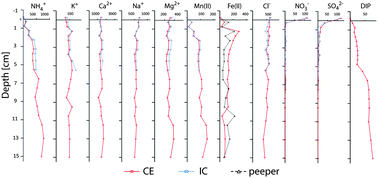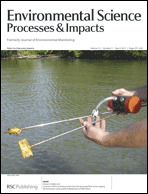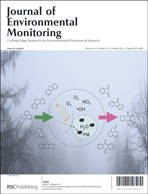The use of passive biocathodes could potentially hold the key to producing an environmentally sustainable approach for achieving combined waste water treatment and water desalinization, researchers at Mississippi State University have indicated.
Current world population now exceeds 7 billion. As this number continues to grow, so does the demand for fresh water resources. Ensuring access to clean water supplies is now a major priority across the planet. A key factor governing this is the approach taken to achieve effective wastewater treatment and water desalination.
Wastewater treatment is commonly achieved through activated sludge treatment utilising biochemical reaction and physical separation, while desalination can be achieved through thermal evaporation or membrane separation. However, both of these approaches are intensive in terms of cost and energy usage and also emit CO2. There is a need to develop methods where external energy consumption is minimized and energy recovery can be optimized.
Microbial desalination cells (MDCs) are a recent technological innovation where simultaneous wastewater treatment and desalination are achieved. In such bioelectrochemical cells, chemical catholytes such as ferricyanide are commonly used. However, these are not suitable for large-scale usage due to the prohibitive cost, large energy demands and environmental toxicity issues.
Another option is to use air-cathodes, which utilize oxygen as a thermal electron acceptor. However, these can suffer from slower redox kinetics, requiring the use of expensive catalysts, and large energy requirements to maintain aeration levels. A more sustainable and financially viable approach could therefore be to use biological cathodes, which utilise microorganisms as biocatalysts.
In this study by Bahareh Kokabian and Veera Gnaneswar Gude, which featured as the cover article for Issue 12, Vol 15 of Environmental Science: Processes & Impacts, the performance of an MDC with a conventional air-cathode and a photosynthetic microbial desalination cell (PMDC) utilising the microalgae Chlorella vulgaris were evaluated for their performance in terms of COD removal, desalination and energy generation from sewage sludge. This represents the first study of its kind to be attempted.
The results indicate that PMDCs can perform better than air-cathodes and as well as other conventional MDCs. COD removal of 66% and 57% were measured for the PMDC and air-cathode MDC respectively. Desalination rates were also enhanced, with levels of 40% measured for the PMDC and 24% for the air-cathode MDC.
Maximum voltage produced was higher for the PMDC (0.236 V) than for the air-cathode MDC (0.219 V). Moreover, the PMDC produces longer, more stable voltage, unlike conventional cathodes where potential reduction occurs after a time. Furthermore, it was shown that only 55% of the cathode volume was utilised, indicating that power production and desalination rates could be further improved if the MDC reactor design and electrode/material configuration are optimized.
Algae biocathodes in PMDCs provide the advantage of a continuous supply of electron acceptors and omit the need for additional chemical transport, storage, dosing, and post-treatment. The biochemical nature of the process also means the wastewater is essentially treated as a growth medium, producing valuable algal biomass, which could be used to obtain constructive products such as biogas, biohydrogen and biofuels.
This study therefore demonstrates that the use of PMDCs can provide an environmentally benign approach to wastewater treatment in which algae act as an in situ generator of oxygen. This has the potential to be beneficial in enhancing environmental and economic sustainability of water treatment whilst helping to improve COD removal, desalination and energy recovery in the same process.
This HOT paper is available to download through the following link:
Photosynthetic microbial desalination cells (PMDCs) for clean energy, water and biomass production, Bahareh Kokabian and Veera Gnaneswar Gude. DOI: 10.1039/c3em00415e


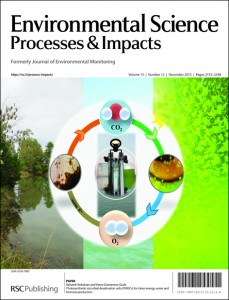
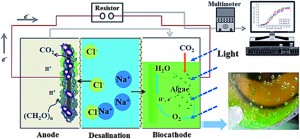









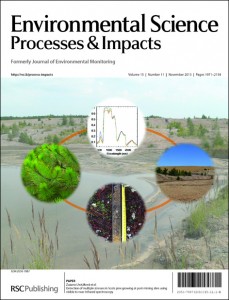
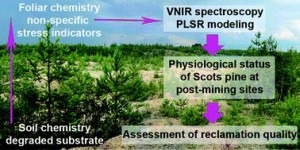
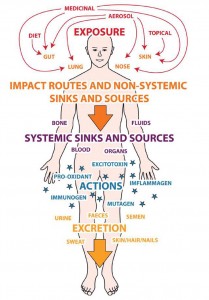
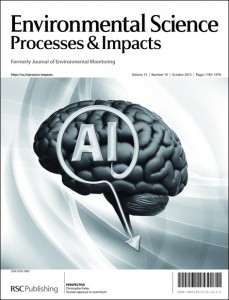

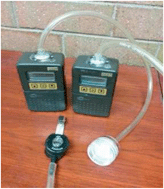 Issue 5
Issue 5

